Buying Guide for the Best Lowrance Fish Finders
Choosing the right fish finder can significantly enhance your fishing experience by helping you locate fish more efficiently. When selecting a fish finder, it's important to consider various specifications that will determine how well the device meets your needs. Understanding these key specs will help you make an informed decision and ensure you get the best fit for your fishing style and environment.Display SizeThe display size of a fish finder is crucial because it affects how easily you can read the information on the screen. Larger displays (7 inches and above) provide more detailed views and are easier to read, especially in bright sunlight or from a distance. Medium-sized displays (5-7 inches) offer a good balance between portability and readability. Smaller displays (less than 5 inches) are more compact and portable but may be harder to read. Choose a display size that suits your fishing environment and how you plan to use the fish finder.
ResolutionResolution refers to the number of pixels on the screen and determines the clarity and detail of the images displayed. Higher resolution screens (800 x 480 pixels and above) provide sharper and more detailed images, making it easier to distinguish between fish and other objects. Medium resolution screens (480 x 320 pixels) offer a balance between clarity and cost. Lower resolution screens (less than 480 x 320 pixels) may be more affordable but can make it harder to interpret the data. Consider higher resolution if you need precise details, especially in deeper or murkier waters.
Sonar TypeSonar type is important because it determines how the fish finder detects fish and underwater structures. Traditional 2D sonar provides basic depth and fish detection. Down Imaging sonar offers more detailed images of the structures directly beneath your boat. Side Imaging sonar scans the areas to the sides of your boat, providing a wider view of the underwater environment. Choose the sonar type based on your fishing style: traditional sonar for general use, down imaging for detailed bottom views, and side imaging for a broader perspective.
FrequencyFrequency affects the depth and detail of the sonar readings. Higher frequencies (200 kHz and above) provide more detailed images but are better suited for shallow waters. Lower frequencies (50-83 kHz) penetrate deeper waters but offer less detail. Dual-frequency fish finders offer the best of both worlds, allowing you to switch between frequencies based on your fishing environment. Choose a frequency that matches the typical depth of the waters you fish in.
GPS IntegrationGPS integration in a fish finder allows you to mark waypoints, track your route, and navigate to specific fishing spots. This feature is particularly useful for anglers who fish in large bodies of water or unfamiliar areas. Fish finders with built-in GPS can also provide mapping and chart plotting capabilities. If you need precise navigation and the ability to return to productive fishing spots, consider a fish finder with GPS integration.
Power OutputPower output, measured in watts, determines the strength of the sonar signal. Higher power output (500 watts RMS and above) allows the fish finder to send stronger signals, which can penetrate deeper waters and provide clearer images. Lower power output (less than 500 watts RMS) is sufficient for shallow waters but may struggle in deeper or murkier conditions. Choose a power output that matches the typical depth and clarity of the waters you fish in.
TransducerThe transducer is the component that sends and receives sonar signals. Its type and quality affect the performance of the fish finder. Transom-mount transducers are easy to install and suitable for most boats. Thru-hull and in-hull transducers offer better performance but require more complex installation. Consider the type of boat you have and the installation process when choosing a transducer. Additionally, look for transducers with CHIRP technology for more detailed and accurate readings.

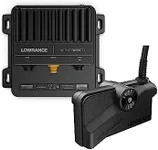
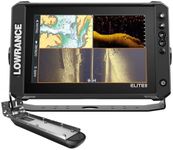
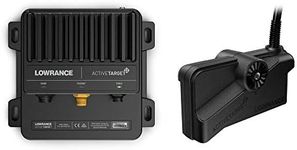

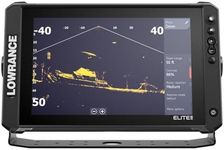
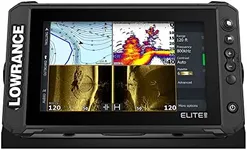
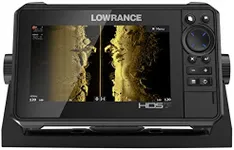
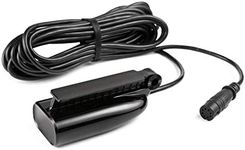

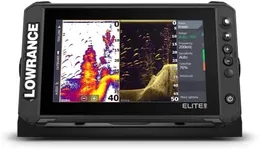
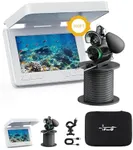
![[FishPRO® 2025 Upgrade] 4.5'' True HD 1080P Underwater Fishing Camera w/DVR-32GB, (NO Need Learn) Ice Fishing Camera Underwater, Ice Fish Finder Camera - w/ 5,000mAh & USB-C, IR+LED, 20m/66ft](https://images-proxy.bestreviews.guide/4G9-qKn8vG_Ghloj8iQKuMikCNM=/0x150/https://m.media-amazon.com/images/I/51BAH60l9ML._AC_CX679_.jpg)
![[FishPRO®2025 Upgrade] [Auto-Focus 2''- 40''] Underwater Fishing Camera w/DVR 32GB,1200TVL, Ice Fishing Camera Underwater Fish Finder, w/IR+LED Light for Dark, 4500mAh w/ [Spare Charging Port], 49ft](https://images-proxy.bestreviews.guide/WnKlLKAWepHIBfamm6nAWbCrY2Y=/0x150/https://m.media-amazon.com/images/I/51hexOA1C9L._AC_CX679_.jpg)
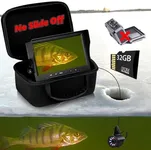
![[FishPRO® 2025 Upgrade] The PRO in Underwater Fishing Camera - 4.3'' w/DVR -32GB, 1000TVL (Easy Use for Any Age) Ice Fishing Camera Underwater, Fish Finder Camera w/3-Grade IR, USB-C, 5,000mAh, 50ft](https://images-proxy.bestreviews.guide/ko_aRXceJiknsFVfLpTNhY_vYKg=/0x150/https://m.media-amazon.com/images/I/51p1QKlkVYL._AC_CX679_.jpg)




